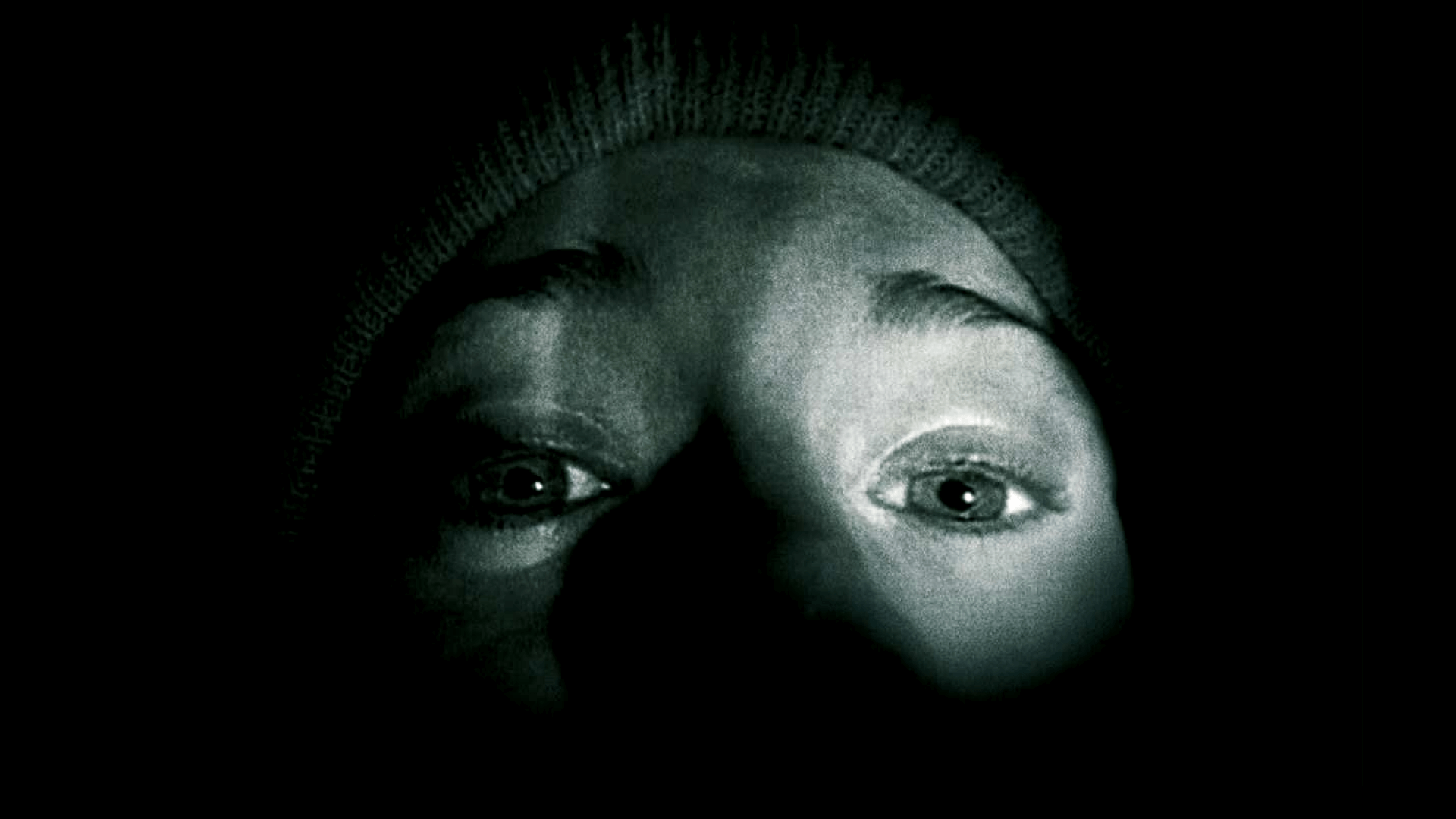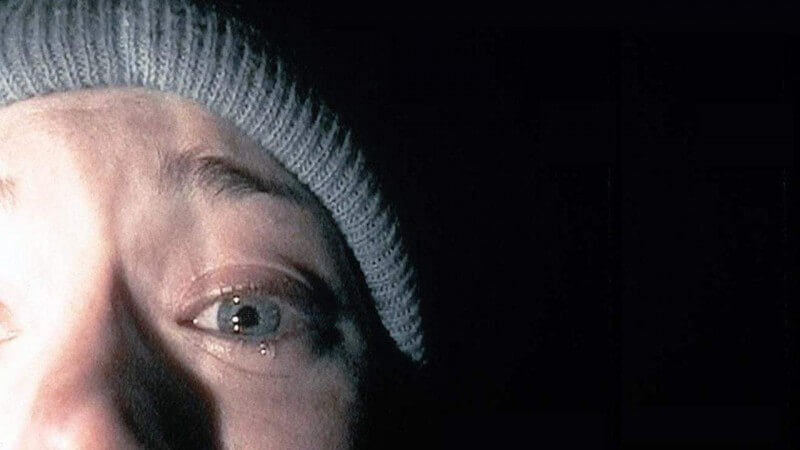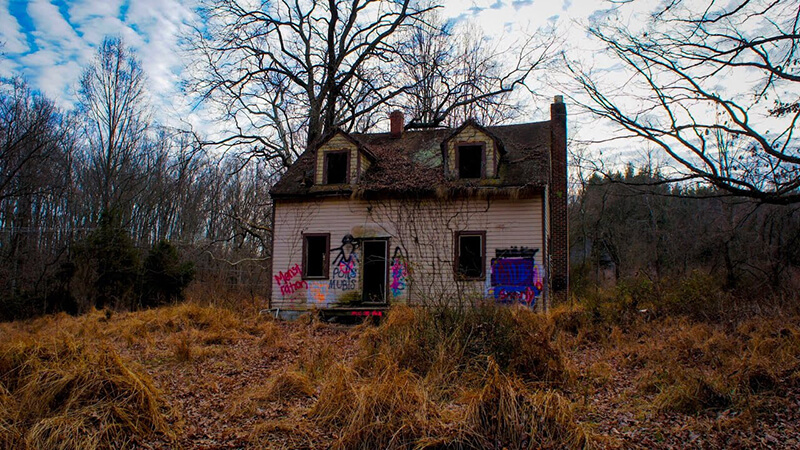Daniel Myrick and Eduardo Sanchez effectively revived the found footage genre with their spine-tingling masterpiece ‘The Blair Witch Project’ in 1999, grossing over $250 million at the box office. However, watching the movie back with the luxury of the modern-day eye, the cult horror flick is a little underwhelming…
The Blair Witch Project was creepy, yes. But it’s hard to describe the movie as anything more than that. Of course, it’s less relaxing then playing, for example, craps online casinos, but The Blair Witch Project doesn’t have viewers hiding under their covers. Of course, it’s easy to criticize CGI and SFX in the modern day – we wouldn’t expect a 90s movie (especially a found footage one) with the level of graphic detail that you’d find in the 2010s – but for a movie that is named after a murderous witch who, as we presume, violently kills people, there was little to guide audiences towards this.
A promising backstory, and build-up, and – oh, the ending…
Great movies build tension throughout, and The Blair Witch Project ticks that box. However, this tension has to culminate somewhere, with some sort of resolution following. Some will argue that, as movies progress through the ages, clearly formed narrative arcs become less apparent and almost unnecessary. However, in horror, we’d argue that a clear arc needs to be in place, and this is where The Blair Witch Project is lacking.
The story begins nicely, with the trio of Heather Donahue, Josh Leonard, and Mike Williams, introducing the dark story of Burkittsville (formerly ‘Blair’), a small town in rural Maryland. The movie immediately begins to create a sense of naivety – almost a ‘why is it not really scary?’ – when the three go around the town interviewing locals who vaguely retell various stories about child murders and the Blair Witch herself. However (and kudos to the screenwriters here), it’s made abundantly clear that the murky history of Burkittsville was far behind the town.
With the tone luring audiences into a false sense of security, mirroring that of the three filmmakers, the storyline is set up nicely to plummet. Naturally, the less worried the protagonists are, the faster their demise occurs. Given that the movie is only meant to take place over a few days, this is fitting. And, as the group venture further into the woods around Burkittsville and get more and more lost, things begin to spiral around them. From strange screaming noises in the middle of the night to a lost map and walking in circles, The Blair Witch Project – combined with intentional shaky found footage – causes audiences and characters to feel out of control.
‘This horror film is more conceptual art and marketing phenomenon than a movie’
Nell Minnow, Common Sense Media
All is well (well, awful) until we reach the final 20 minutes of the movie, where The Blair Witch Project really fails to deliver.
But, as the group reaches the stereotypical abandoned house in the middle of the woods, we were left wanting more…
By this point in the film, Josh Leonard has been taken by what we presume to be the witch, who has courteously delivered a package of his tongue and teeth back to Heather and Mike. Similarly, strange stick figures have been strung from tree to tree, alluding to a malevolence that seems to be following the solitary pair.
The Blair Witch Project plays on the idea of instinctual fear. Until Josh disappeared, the trio was never directly threatened by an entity, but merely thought they were in danger. Despite the clear warning signs, cleverly introduced fairly randomly (further inducing the out-of-control element), they haven’t actually seen any witch, etc.
And, for us, this is why the ending leaves us wanting much, much more.
Audiences want answers, and whilst cliff hangers and unresolved endings are effective, there needs to be context behind them. Once again, the audience can only presume that the witch is responsible for the random attacks in the house, and the placebo screams that sound like Josh coming from deep in the woods.
In The Blair Witch Project, we felt like the witch needed to be visible, even if only briefly. It would, firstly, make the movie scarier, and secondly, add a focal point: the witch was responsible, and their presumptions and fears were right. When the camera pans to see Mike standing in a corner, we want some clarity. We were waiting for the witch’s jumpscare – the real climax, and then some sort of resolution, but we were left with static and credits.



